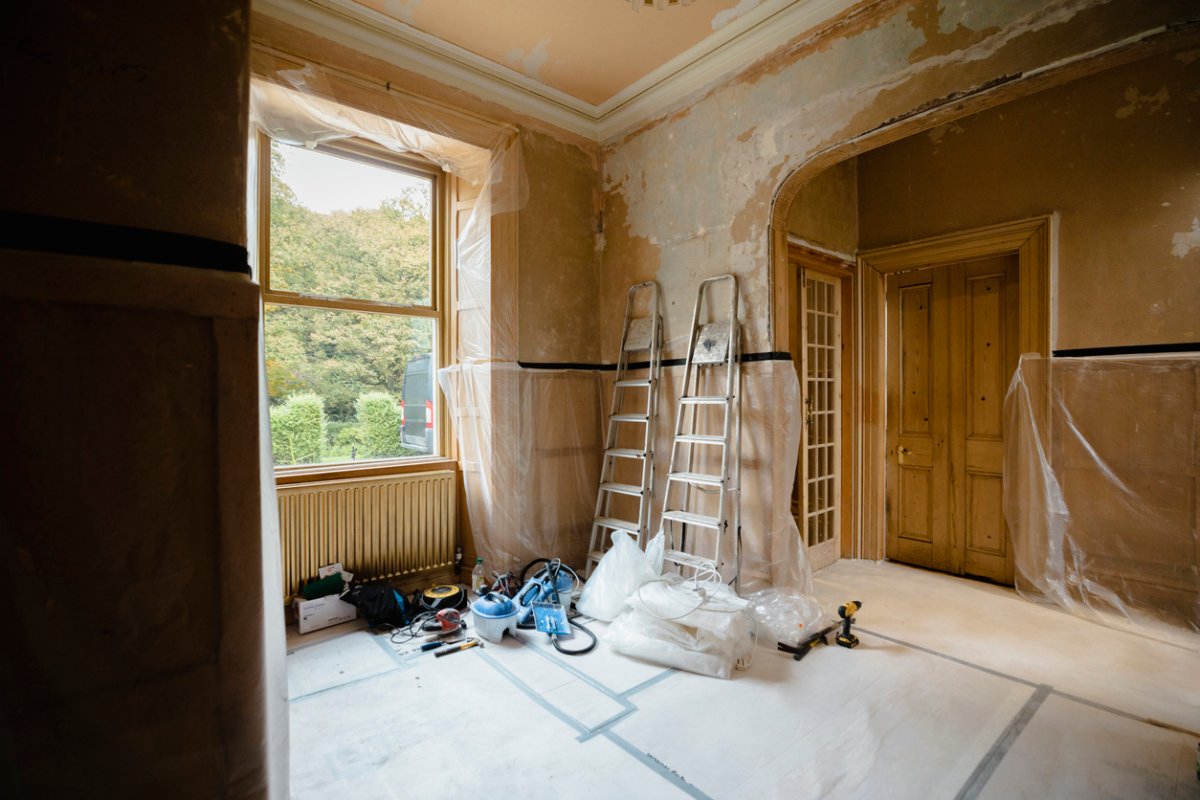We may earn revenue from the products available on this page and participate in affiliate programs. Learn More ›
Homeowners buying a flip house would do well to put themselves in a fix-and-flipper’s shoes. To earn the most profit, the rehabber had to carry out the home’s renovations for the most affordable budget and in a short time frame. Reputable flippers usually have a tried-and-trusted crew working to a certain standard—regardless of these limitations—not cutting corners nor hiding cheap work.
However, newer or cash-trapped flippers might not be so diligent. Here are some hidden problems a flipped home might be covering up, or hoping a homebuyer won’t notice.
1. Bad Electrical Work
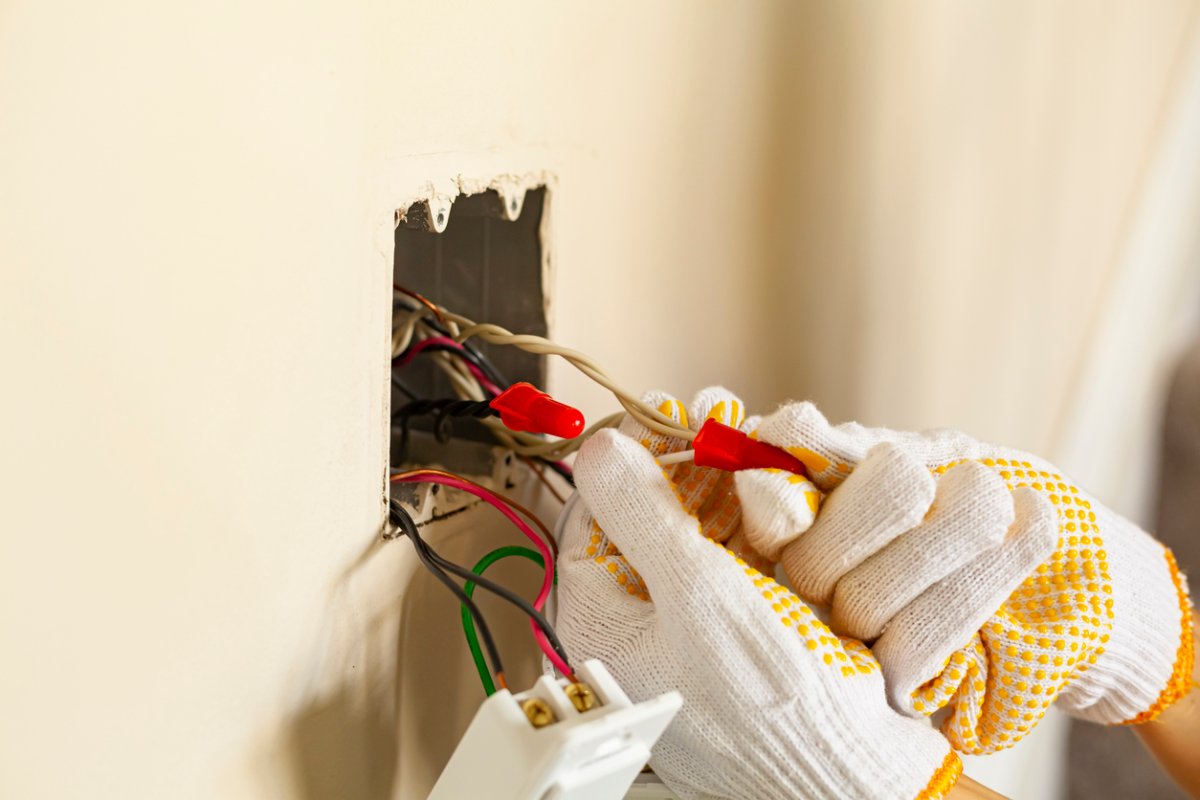
Shoddy electrical work is a potential money pit. Installing a new panel box doesn’t necessarily mean the home’s electrical is up to code. The electrical code changes quite frequently and often differs from state to state. A knowledgeable home inspector should be able to spot problems. Still, they won’t know what wiring has been run behind the walls. If you need clarification on the wiring in a flip house, call a qualified electrician to test the home’s electrical system thoroughly.
2. Poor Plumbing
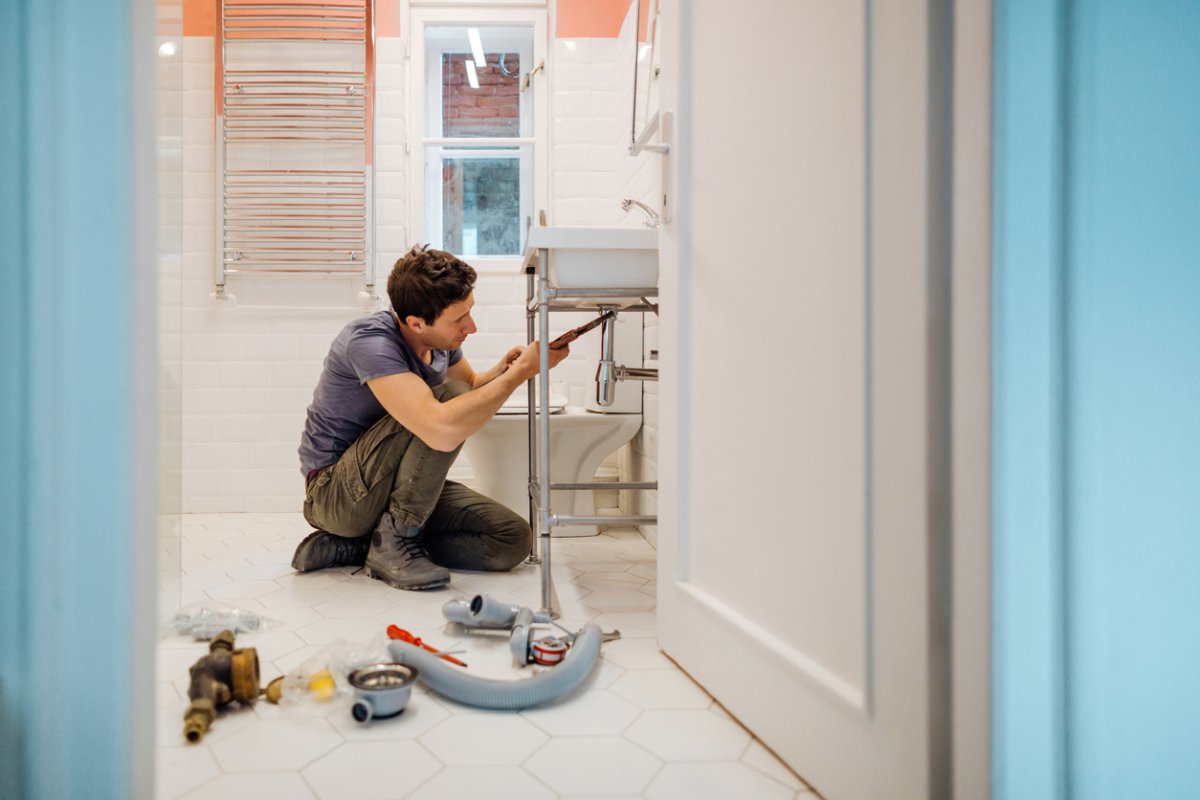
Shiny new external plumbing fixtures might be eye candy to prospective home buyers but they can belie the true host of issues behind the scenes. One of the most common plumbing problems is poorly ventilated lines. Again, a home inspection might miss this, particularly sewer odors, which can be masked. Other signs of poorly ventilated drains are slow drainage, gurgling sounds, bubbles in the toilet bowl, or empty toilet bowls.
Having a plumbing specialist thoroughly inspect the home before you buy it is well worth it. Conducting a waterline camera inspection for corroded pipes also is advisable, as these repairs can cost homeowners thousands.
3. Different Types of Wood/Plank Flooring

To save money, flippers might leave two or more types of wood or vinyl plank flooring in the home, covering one up with a rug or furniture. Using a single flooring style throughout the home creates a uniform, seamless look. The good news is that a homeowner can remedy this easily, and it should not be a reason to walk away from a deal, especially if you can negotiate a flooring discount on the home’s sale price.
4. Poorly Installed Baseboards
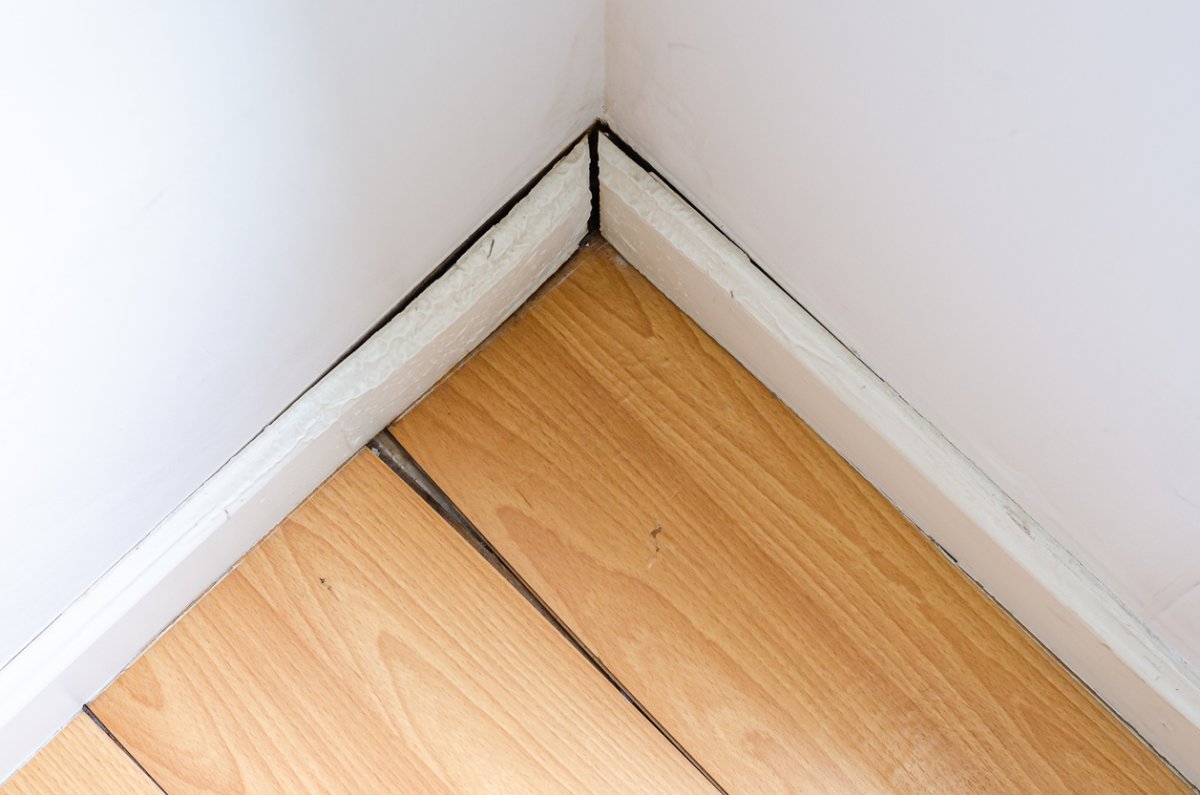
Baseboards that bow out aren’t properly caulked or were cut poorly, making a home look cheap and giving a sign of lazy installers. The fix isn’t too expensive. An eagle-eyed buyer should look out for this during their initial showing, since it could indicate other shoddy work or shortcuts.
5. Bad Paint Jobs
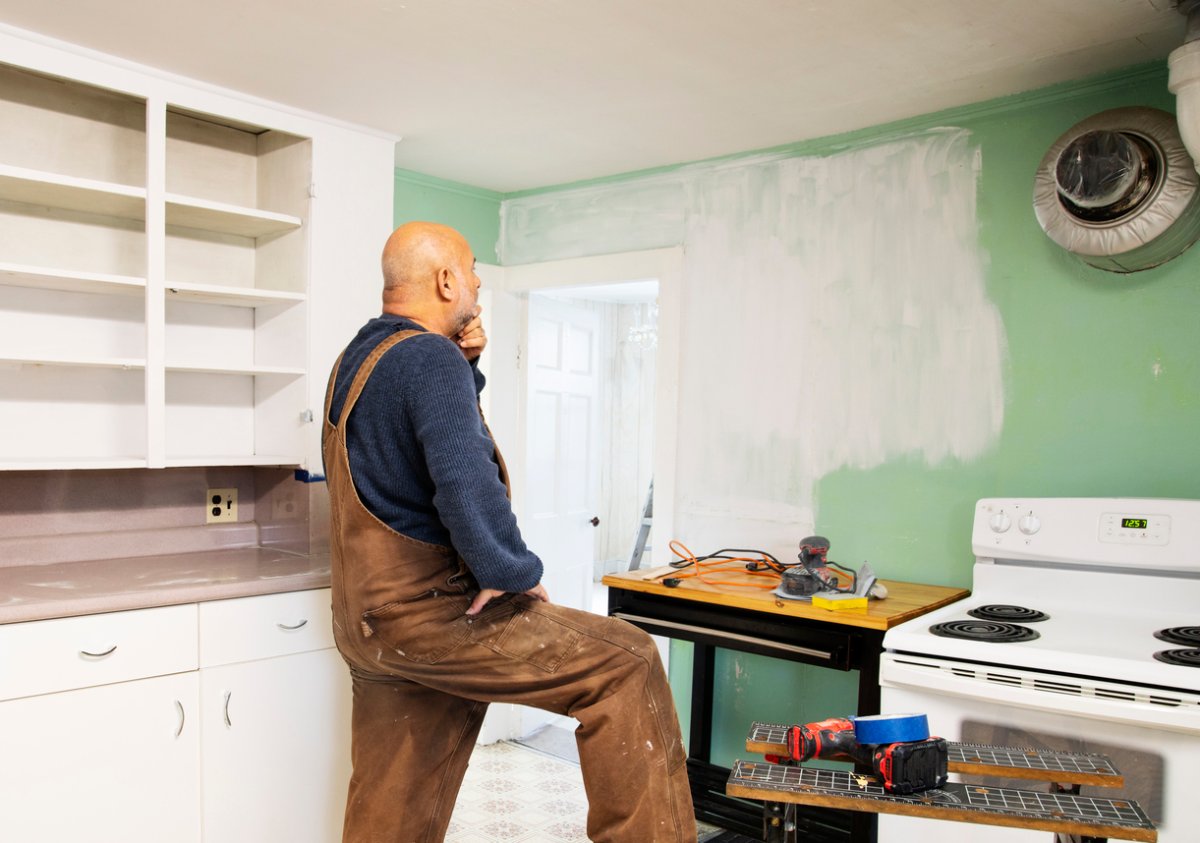
Using the wrong type of paint is a mistake many new flippers make. Satin paint is a poor choice because it exposes all the imperfections in the wall, such as nail pops and bad skim coating/taping. A high-quality flat paint is excellent at concealing imperfections, which is why all home builders and many house flippers use it. Bad cutting on trim (moldings and baseboards) and around light fixtures also indicates sloppy work.
6. Poor Kitchen Workflow
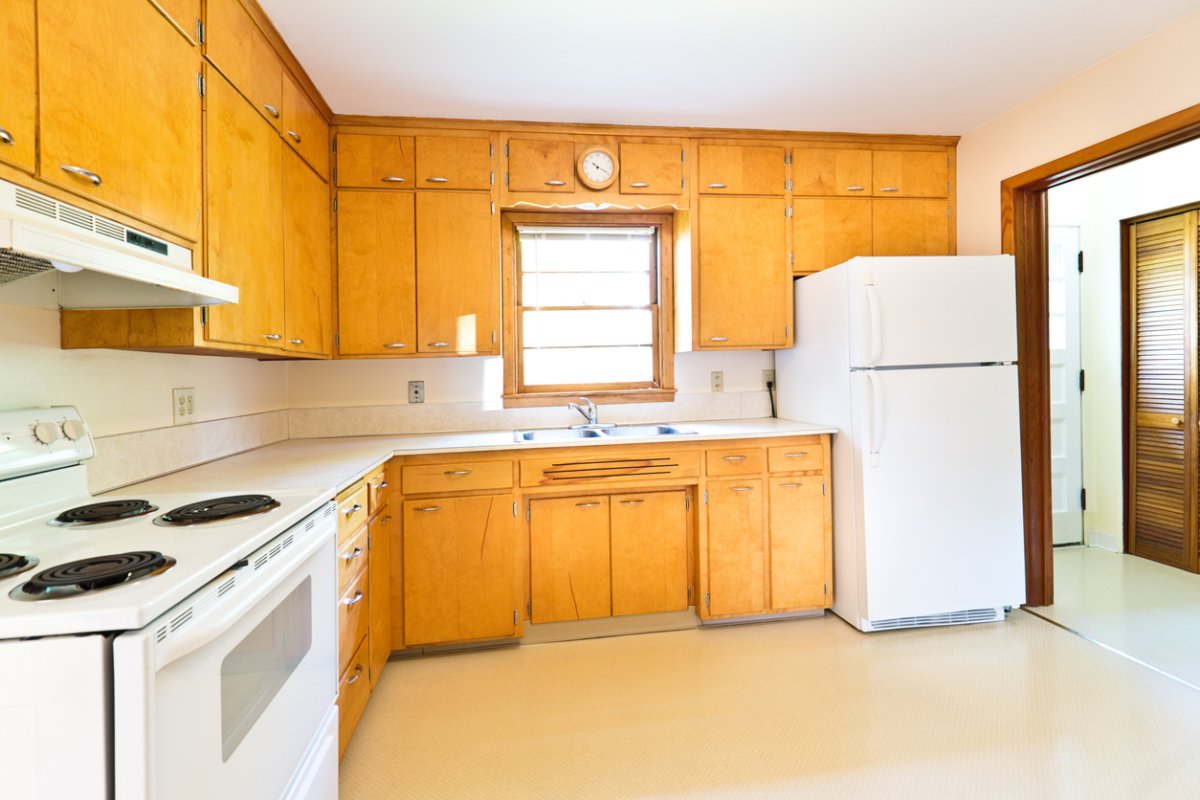
Bad workflow in the kitchen is a sign of a hastily conceived design that likely kept waterlines and fittings as they were before the flip to save money. Cheap flips don’t follow the classic kitchen triangle design that positions the fridge, stove, and sink all within easy reach of each other. Uneven backsplashes or bad joints with countertops are further evidence of rushed work before selling a flip house.
7. Uneven Heating and Cooling Distribution
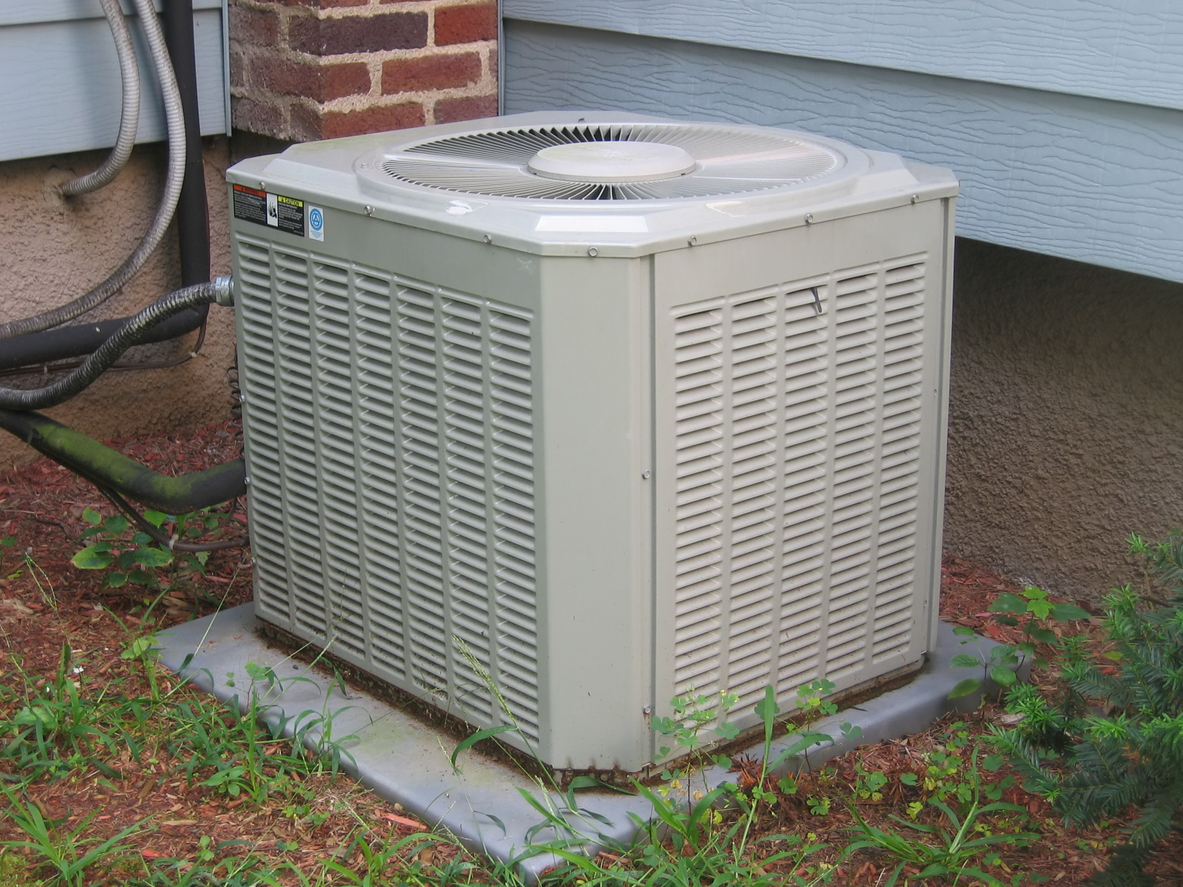
Uneven heating and cooling distribution throughout the flipped home is not always a reason to panic. It might mean that some vents have not been opened. However, if that is not the cause or the problem persists, it could signal that the contractor has used an undersized HVAC unit. Rather than replacing the unit, it is worth considering adding an extra unit or a mini-split system to service problem areas like the upper floors.
8. Warped Siding
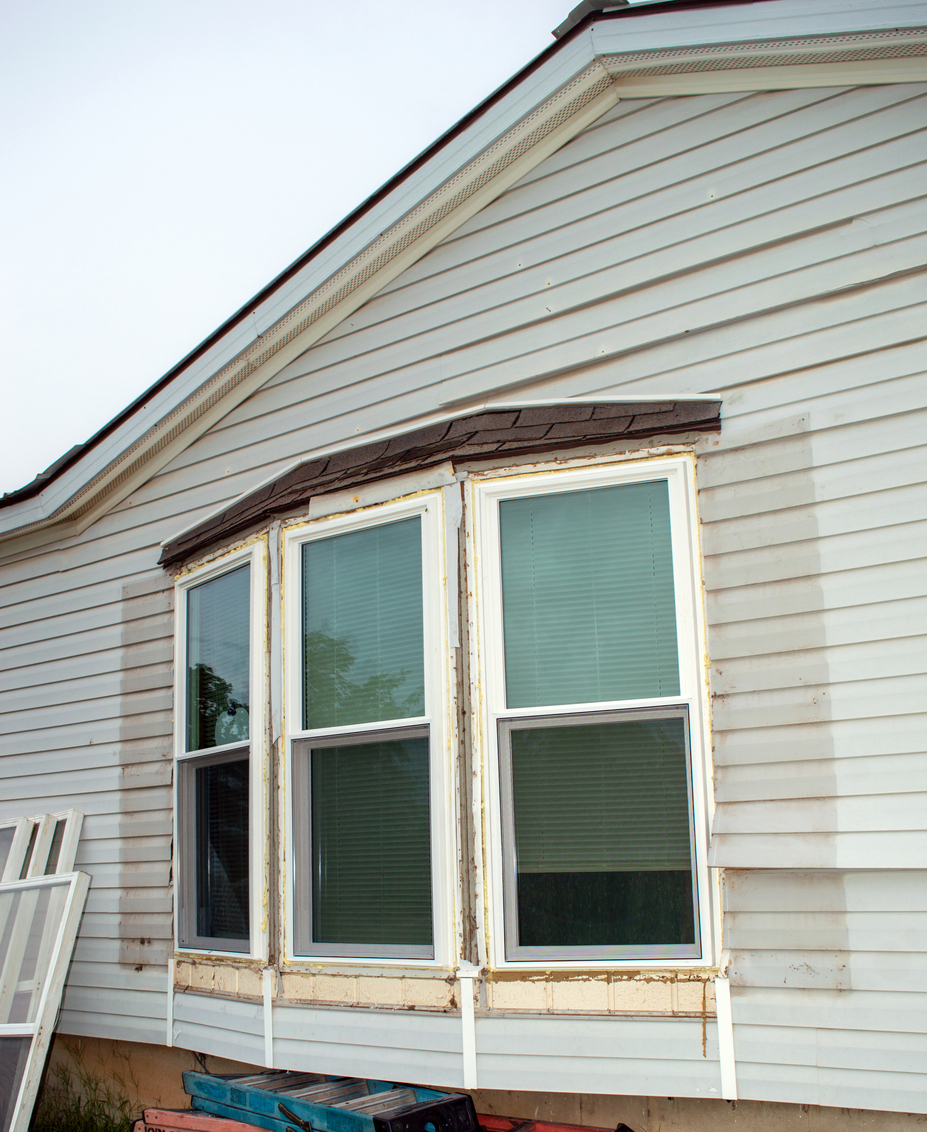
Don’t let painted-over siding distract you from imperfections in a home’s exterior. Old siding can bow or degrade over time and might need replacing. However, if the bowing and warping is extensive, it could signal more severe issues in the foundation or overall structural integrity of the home.
9. Water Infiltration in the Basement
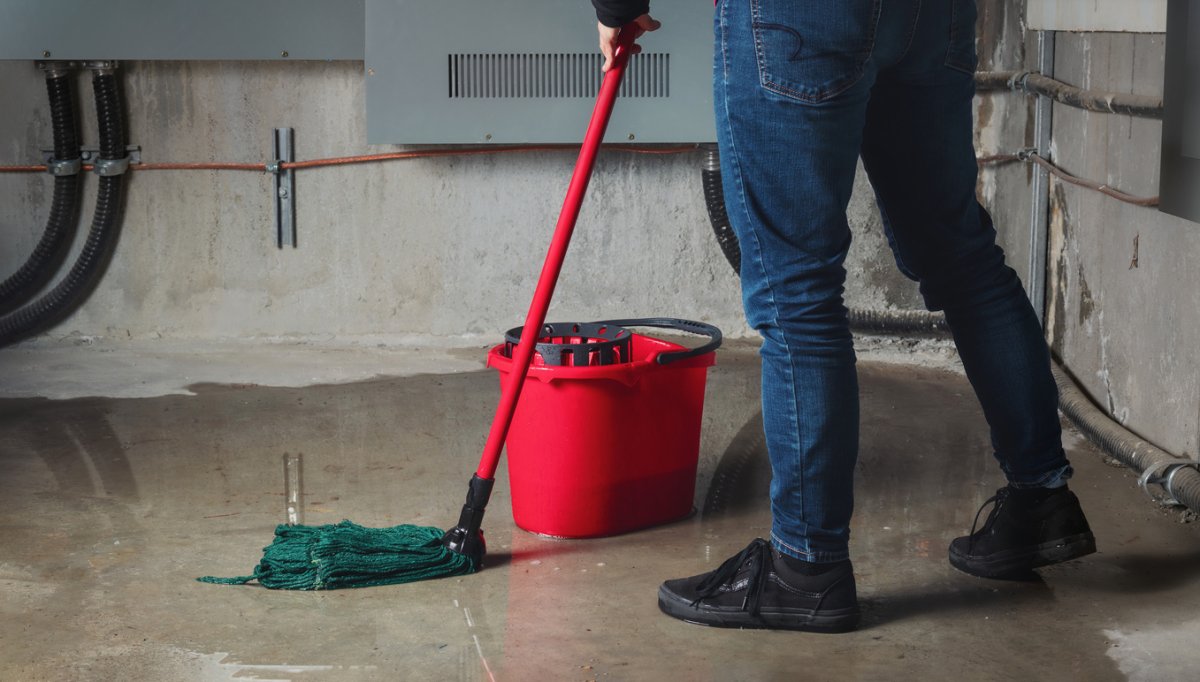
If the home inspection takes place on a dry day, you’re unlikely to discover whether the basement has leaks. However, you might end up standing in a few inches of water after the first heavy rainfall. Fully waterproofing a basement can be expensive. Water often seeps in from one entry point, which must be sealed. A sump pump and waterproof paint for basement walls are good preventive measures.

